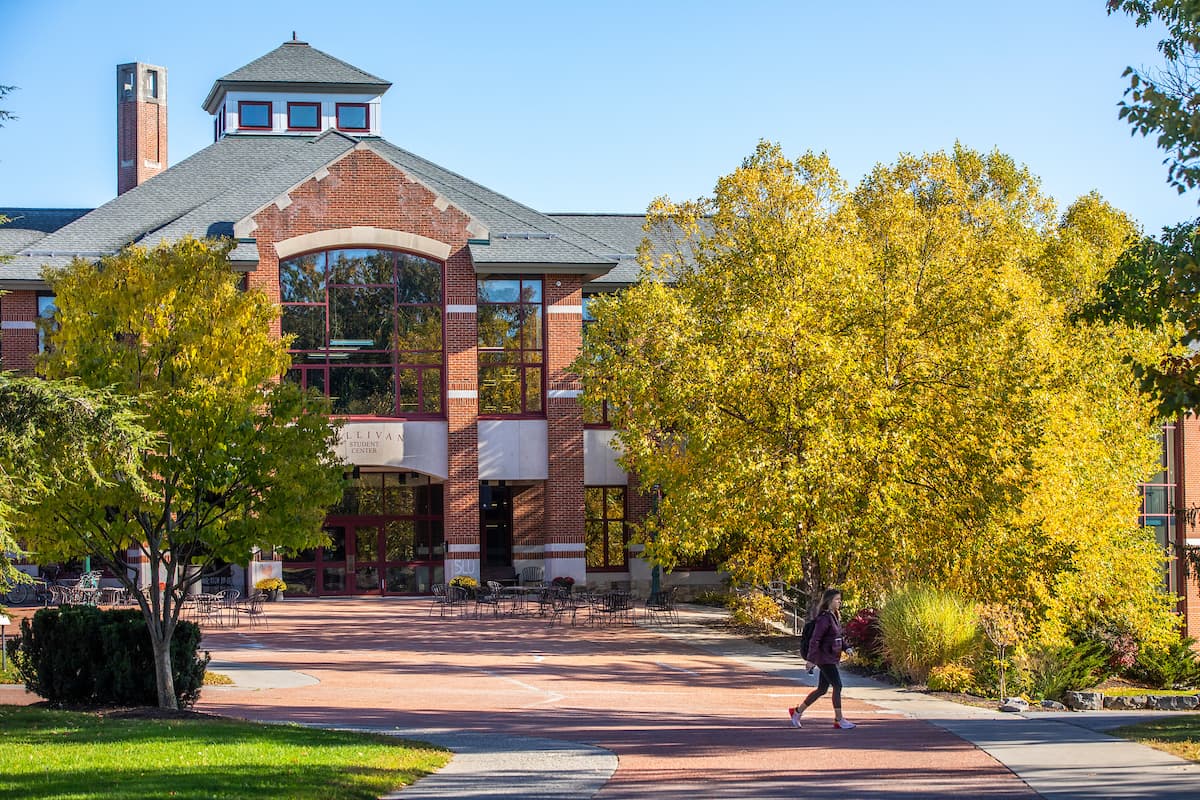In both 2018 and 2023, the St. Lawrence University Office of Diversity and Inclusion conducted a survey to assess campus climate. The goal was to examine the perspectives of students, faculty and staff regarding diversity, equity, and inclusion (DEI) on campus. This anonymous survey was administered to members of the St. Lawrence University community in 2018 and 2023, using identical questions. The first two sections assessed general feelings of inclusion on campus and institutional support for diversity. The third section analyzed the implications of the interactions with people from identity groups different from one’s own. The final section analyzed encounters of discrimination and/or harassment on campus and from the Canton community. The results of the 2018 survey suggested discontent from the campus community and immediate need for action.
In response to statistical findings and suggestions by respondents, the Office of Diversity and Inclusion launched their five-year Strategic Action Plan for Diversity and Inclusion in the spring of 2021. The plan included actions in university divisions such as academic affairs, admissions, advancement, finance, student life, and university communications. More details regarding the actions in each of these divisions can be found on the university website. Some specific examples of actions which have been taken in recent years are the mandating of DEI training during first-year orientation, eliminating enrollment application fees, establishing funding for an LGBTQIA+ speaker series, creation of the “Raising Cultural Awareness” course for faculty and staff, and updates to inquiry forms for providing information about self-identification.
After the development of goals and implementation of new procedures, the survey was re-administered to assess change from 2018 to 2023. Response rates lowered to only 17 percent of campus members in 2023. The Office of Diversity and Inclusion found that there was a significantly lower response in upperclassmen and male members of the student body, and a very large response to the survey by individuals who identified as non-heterosexual. This was eye-opening to administrators. The findings revealed a much higher prevalence of diverse sexualities on campus than they had previously been aware of. Additionally, they found high discrepancies in respondents by political affiliation in 2023. 61 percent of respondents identified as liberal, 30.5 percent expressed being in the middle, and only 8.5 percent labeled themselves as conservative. General feelings of inclusion remained about the same or decreased from 2018, and never exceeded a 68 percent satisfaction rate. Only 26 percent of respondents agreed that the campus environment is free of tensions. White students were found to be significantly more satisfied with the campus climate and sense of belonging than were international students and domestic students of color.
In the fourth section of the survey, 2023 findings showed that about one-third of students have been discriminated against or harassed. Additionally, faculty have experienced a large increase in personal experiences of discrimination and harassment. The majority of disparaging remarks are from the student population and the local community. Student responses to the survey describe many instances of microaggressions, or more subtle instances of discrimination, such as misgendering in classrooms and biased comments about Muslims and immigrants.
Other open responses to surveys suggested similar feelings of discontent. Student respondents suggest making a difference by, changing the housing process, hiring more people to work on DEI, and decrease the prominence of athletics on campus. The Office of Diversity and Inclusion asserts that there have been some general gains in the past few years, but there is still a lot of work to do. They emphasize the necessity to extend beyond a surface level of comfort and have deeper conversations and understandings. Additionally, they communicate that people need to interact across differences, not just be able to sit in a room together. In the future, the office hopes to consider smaller time increments between surveys and improve overall participation such that they can work towards the goal of achieving a more diverse, equitable, and inclusive campus.



